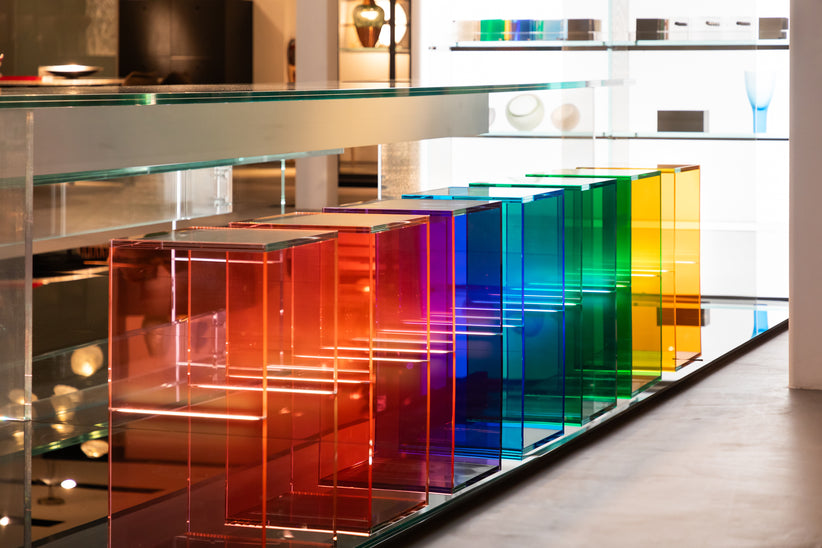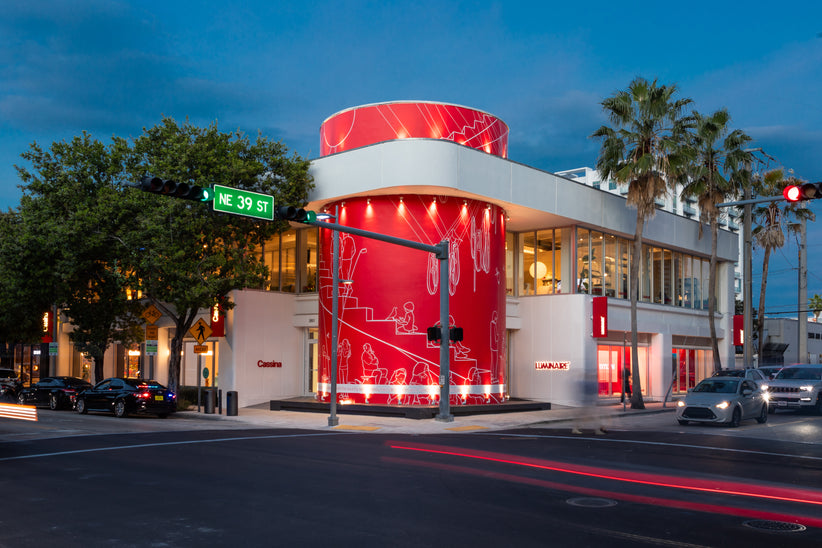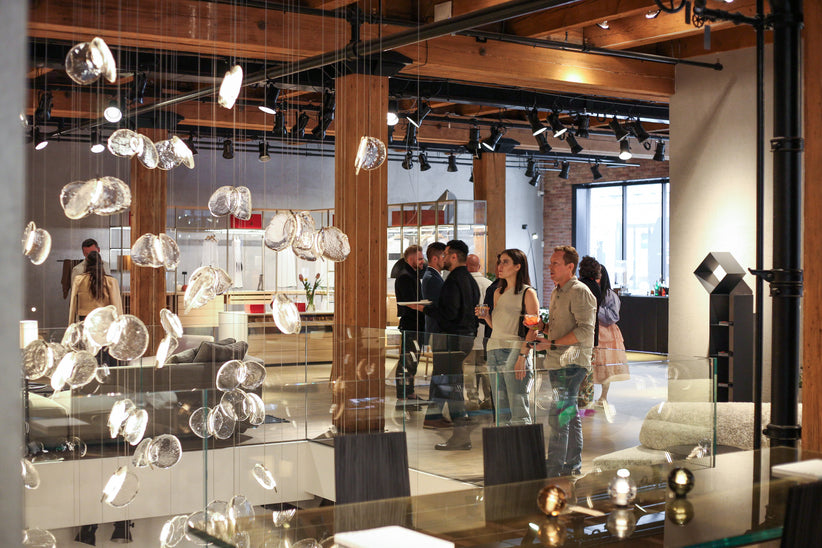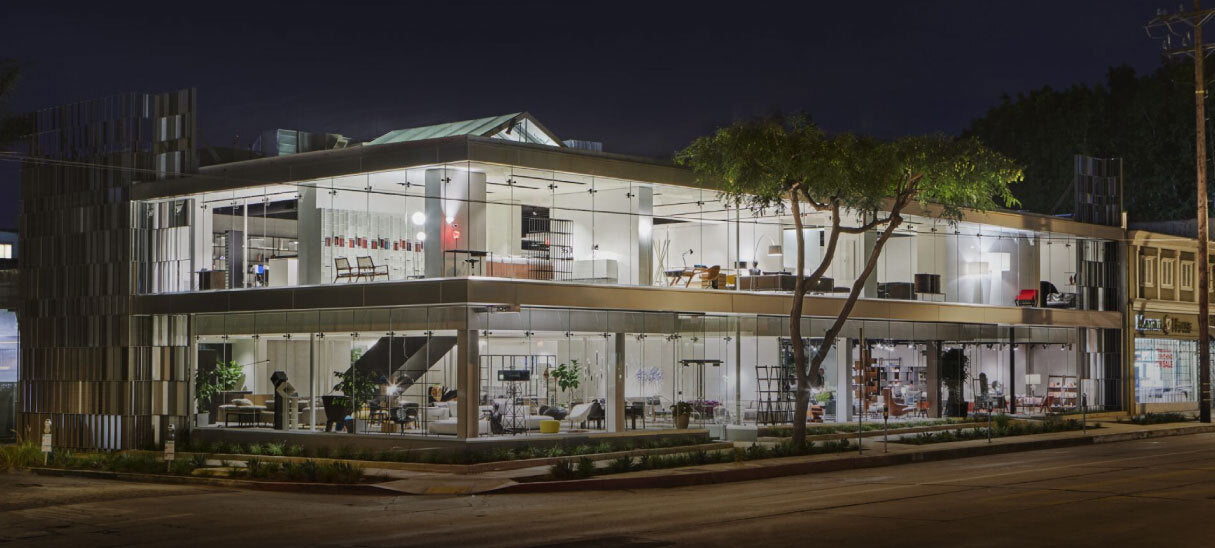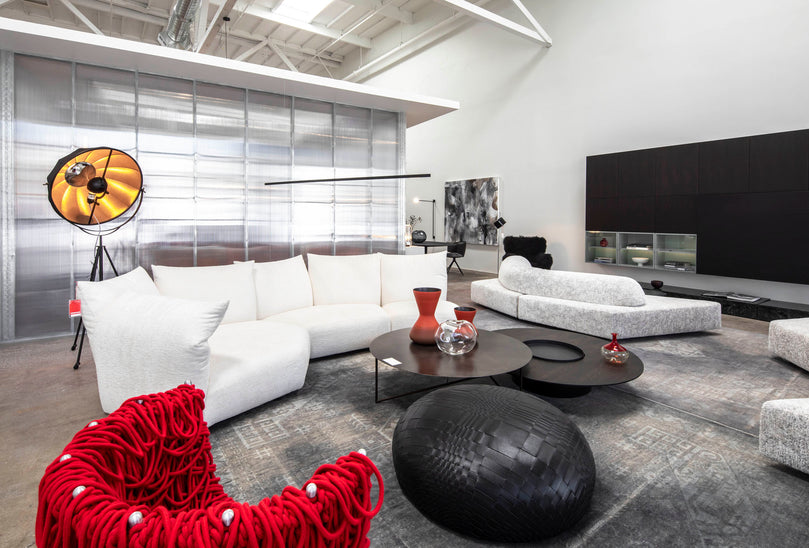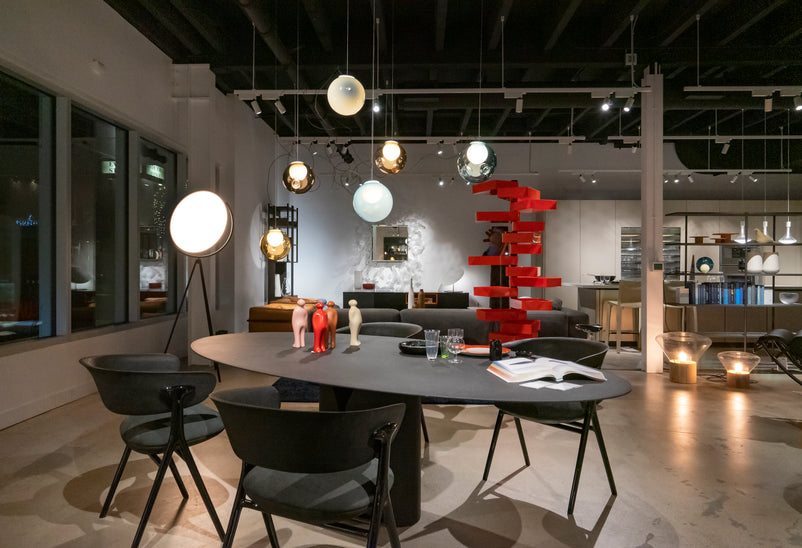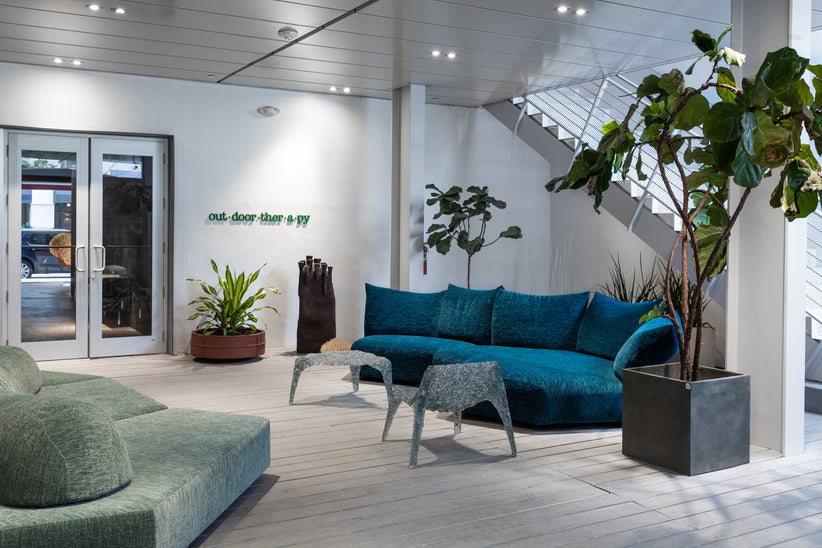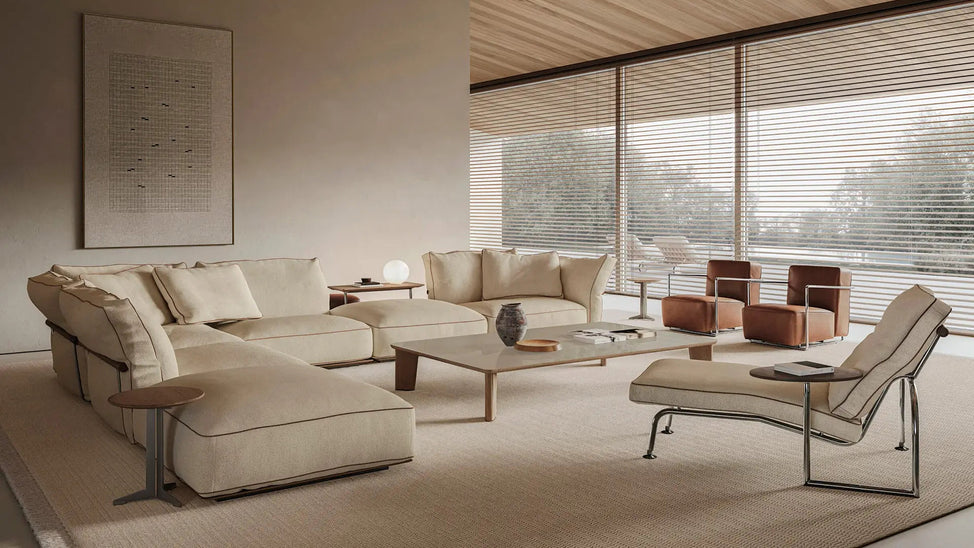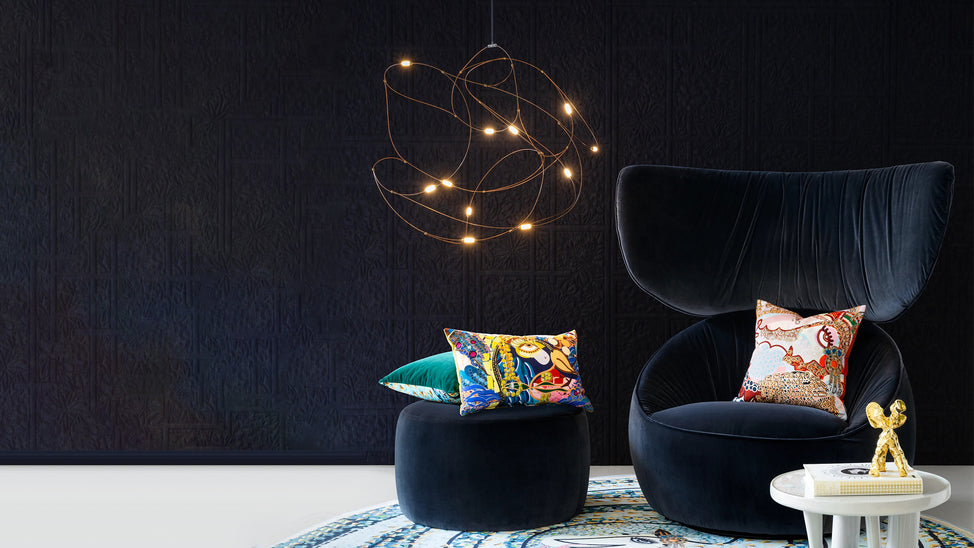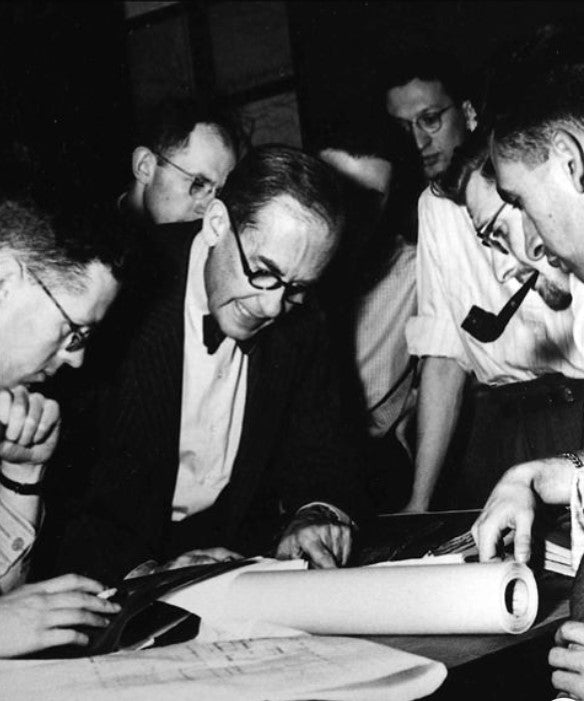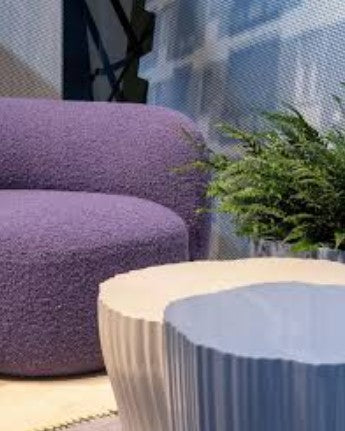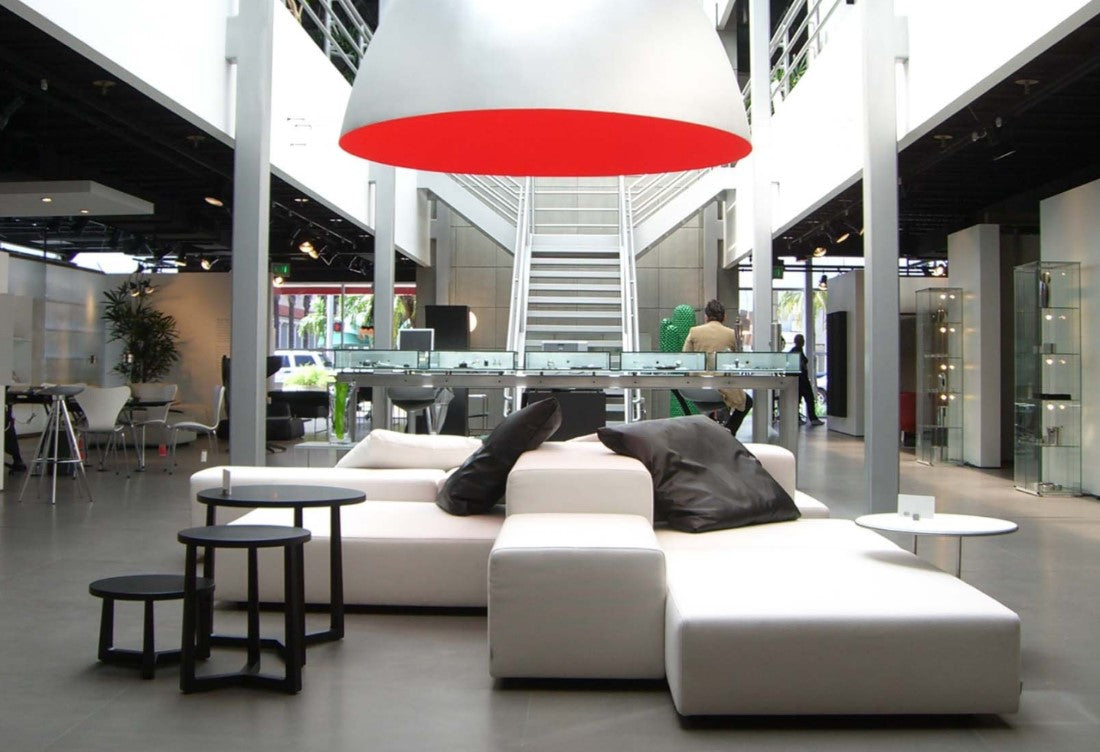Since the beginning of civilization, when humans began fashioning tools for living and crafting shelters to protect bodies from weather and the elements, design and architecture have breathed vitality into our existence, inserting convenience and comfort into daily routines and satisfying our souls with items that become extensions of ourselves, efficient and opportune. Yet transforming these everyday objects into treasured works of meaning, with a value worthy of being studied and discussed and an aesthetic that provides a glimpse into who we are as a society and as individuals gave rise to the power and potential of design education, whether exercised informally in ancient times through oral traditions, hands-on experience, and mentorships with craftsmen or married to a revival of art, science, and literature as in the Renaissance or rooted in the formal professionalization of design and a celebration of the everyday as seen in modern times. Today we consider the evolution of design education as a journey both edifying and essential, and aides us in a better understanding of what is resolute and meaningful in our contemporary living spaces, at once accessible, effective, and inimitably beautiful.
Although communities throughout have history passed along knowledge of aesthetics and technique through workshops and apprenticeships along with more structured approaches to design principals as communicated through fine-arts teaching, the development of a formal design education is still relatively recent, witnessing its initial emergence in the early 20th century when art schools began incorporating the study of design in the broader curriculum. Perhaps the earliest prototype of design education appeared at the Bauhaus School in Weimar, Germany, where Walter Gropius aimed to harmonize the study of the fine arts with the applied arts, including design. This marked a transition from design as a solely an artisan trade to a discipline both academic and philosophical, legitimizing the teaching of design as something useful and sublime and paving the way for the professionalization of the design industry that we know today. With an elevated reverence for design that was visually captivating and socially relevant, a desire for specialized design skills in fields like industrial design, furniture design, graphic design, and architecture led to a Post World War II surge in schools and programs specifically dedicated to these arenas of focused expertise, making design education a domain ripe with history and balanced with contextual value both applicable and avant-garde, forging new paths to futures that fashion a congruence between function and form, both innovative and familiar.
Throughout the latter half of the 20th century, an appreciation for good design found its way through popular culture, and a desire to immerse oneself in environments that are clean, organized, colorful, harmonious, and culturally meaningful awakened the public to the benefit and grace of design education, as lectures, writings, and exhibitions enlightened academics, enthusiasts, and the common citizen alike to the ways in which good design affects lives for the better, making the world a more restful, vibrant, and beautiful place. Later, with the introduction of digital technology, design education in a formal setting began to change drastically, with computers and most recently, artificial intelligence, transforming the creative process and reimagining how new ideas are conceived and executed. Not only are new skills like digital fluency and creative flexibility a part of one’s formal studies, concepts like cultural and historical integration, issues of sustainability, and human ergonomics are now united with design education, and as it evolves into the future, we see its metamorphosis into a multi-disciplinary approach, with partnerships in fields like business, psychology, and environmental science giving us the tools we need to address the challenges of a continually complex and changing world. In all, design education throughout the years has evolved in response to sociocultural movements, adapting to the needs of a given time, and driving innovation and a virtuosic sense of harmony between humankind and our built environments. At Luminaire, we aim to provide as many opportunities for the public to also participate in the education of good design and its inspired purpose, because the choices we make about what we consume and how we live can bring us serenity and joy, and shape a life worth living with objects that uplift, inform, and feed the soul with delight and charm.
June 2024


